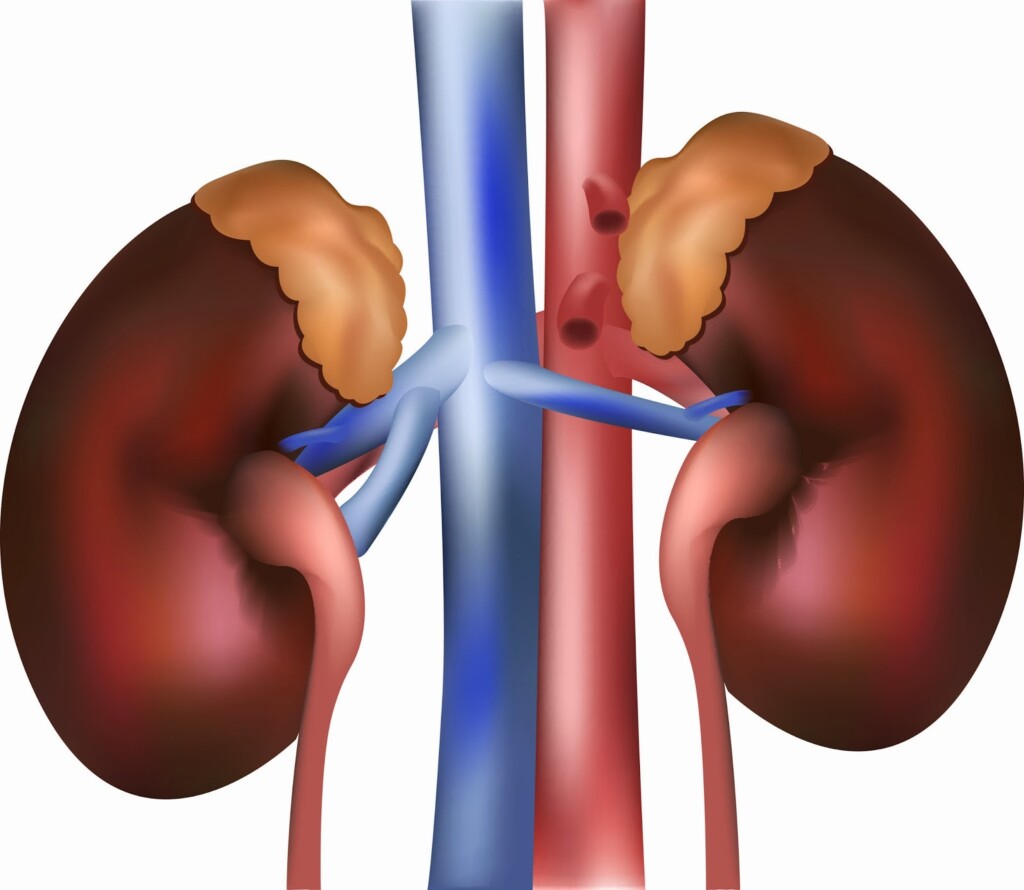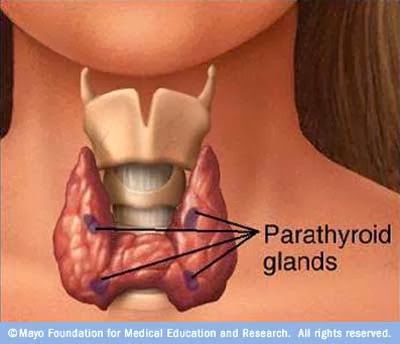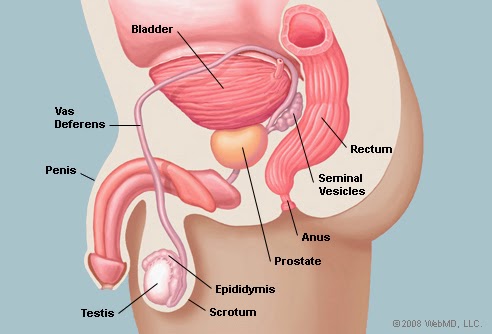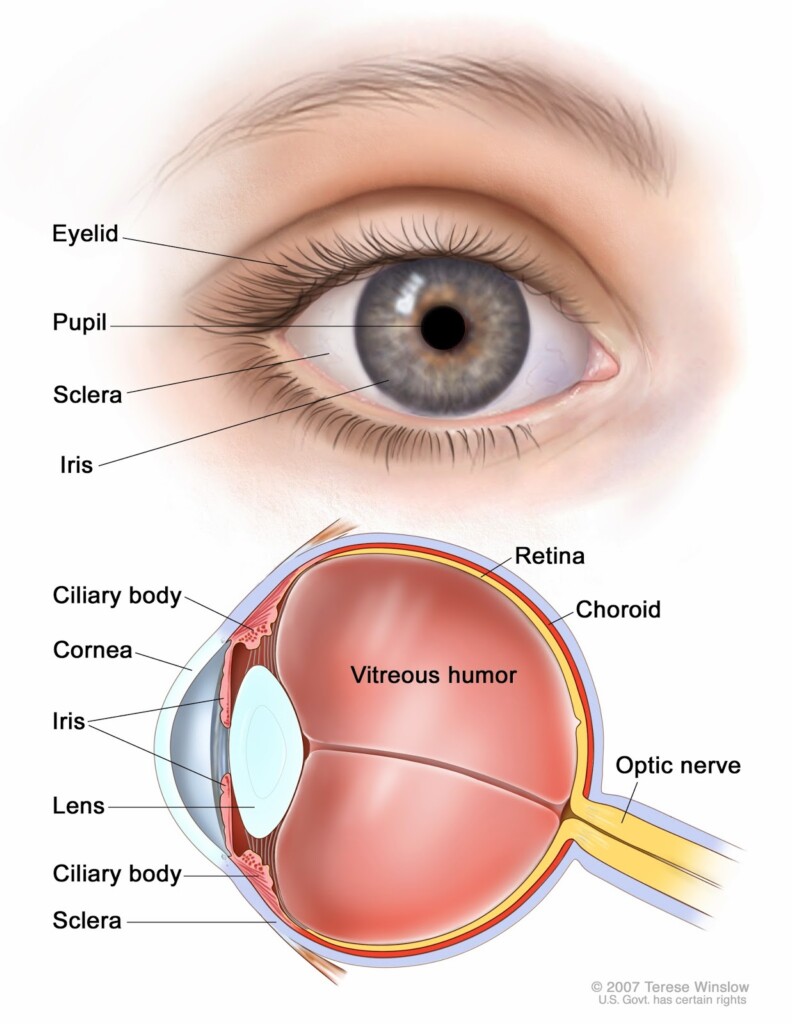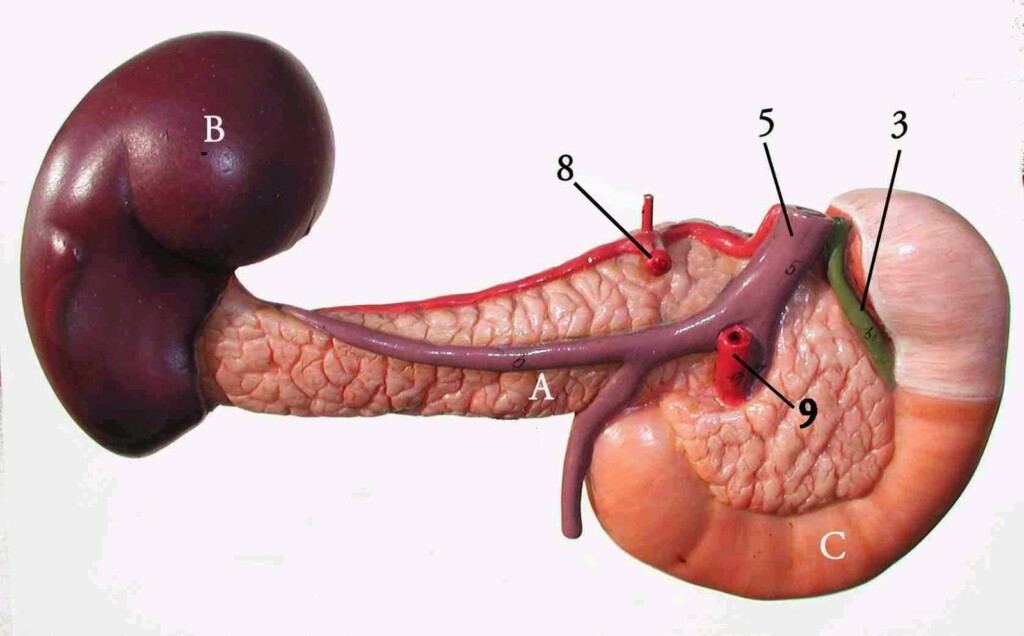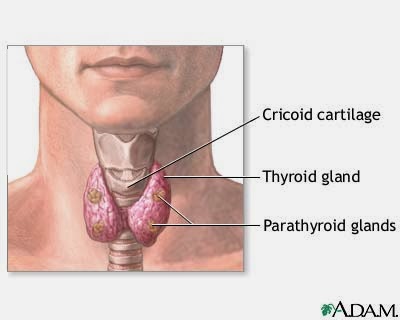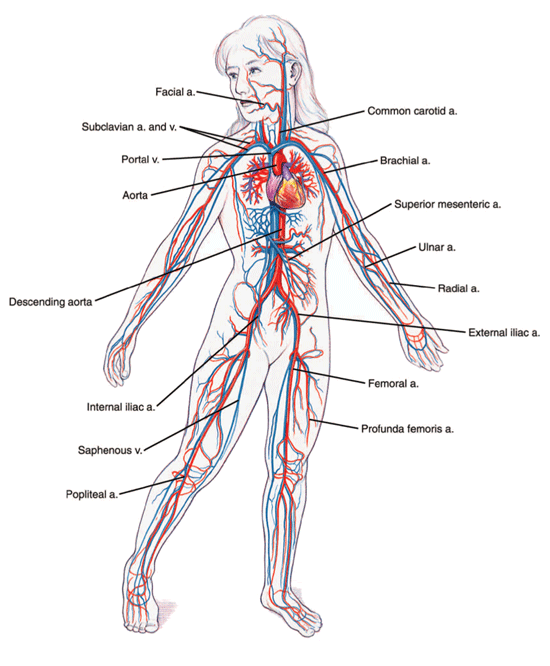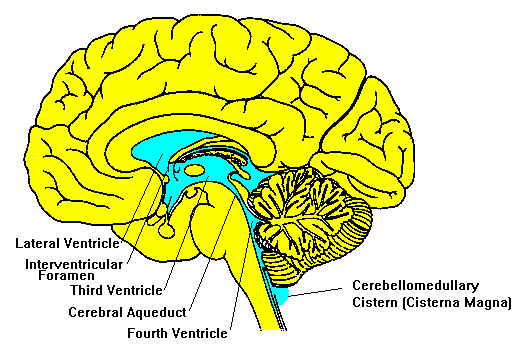Physiological Terms
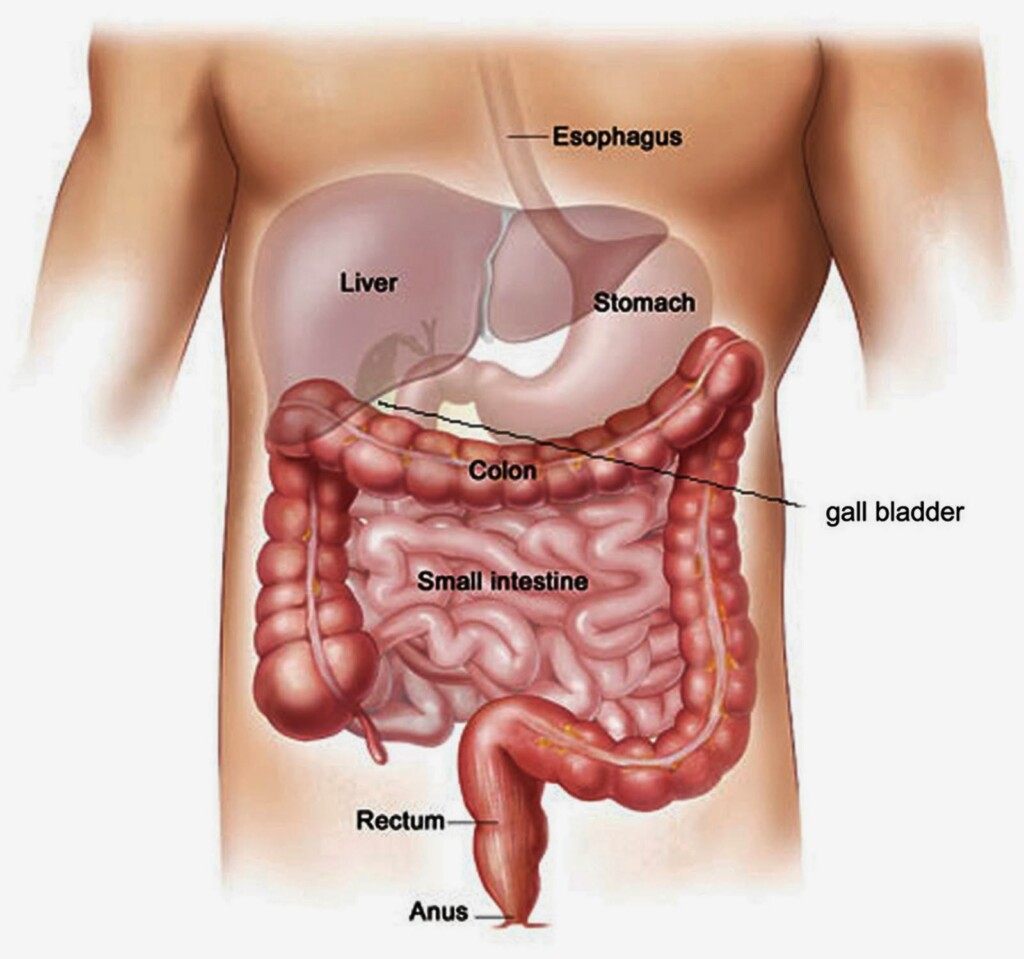
Abdomen is the largest interior cavity of the body below the throat from which it is separated by the diaphragm.
Aorta is the large trunk emerging from the left ventricle of the heart. It distributes purified blood through its branches all over the body.
Aqueous humour is the transparent fluid of the anterior chamber of the eye.
Arteries are blood vessels carrying blood away from the heart to the various tissues.
Arthritis is the inflammation of joints due to infection, metabolic or constitutional causes.
Auricles are two upper chambers of the heart into which the blood comes from the veins.
Bile is the secretion of the liver poured into duodenum. It is alkaline and is helpful in digestion, absorption and excretion.
Blood is a red-coloured fluid circulating through the heart, arteries, capillaries and veins. One cubic millimetre of normal blood contains about 5,000,000 red corpuscles and 6,000 white corpuscles. The red colour of the blood is due to the presence of a pigment known as haemoglobin. The arterial blood is of bright red colour and the venous blood is of dark red colour. The total amount of blood in a body is equal to about one-twelfth of the weight of the body.
Blood count is the determination of the number of white and red corpuscles in a cubic millimetre of blood.
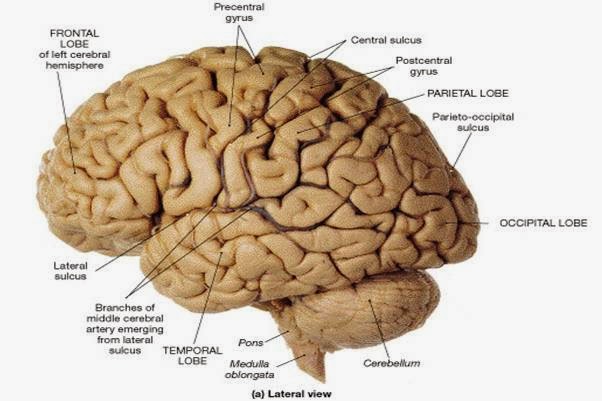
Cerebrum is the chief and largest part of brain which occupies the upper and frontal two-thirds of entire brain covering all other parts of brain. It is also the centre of intelligence, coordination, memory, will, imagination, etc. It controls voluntary action as well.
Duodenum is the first part of the small intestine, from the stomach to the jejunum, where pancreatic juice helps in the digestion of food.
Enzyme is a catalytic substance promoting a chemical change in human body. These are contained in juices secreted by different glands which help in the digestion of food.
Epilepsy is the disorder marked by disturbed electrical rhythms of the central nervous system and typically manifested by convulsive attacks usually with clouding of consciousness.
Gall bladder is the pear-shaped pouch situated at the lower border of the liver for the storage of bile and the secretion of mucous.
Gastric juice is a secretion of glands in the stomach. It contains hydrochloric
acid which destroys bacteria contained in the food, and enzymes which help in digesting proteins and fats.
Haemoglobin is a pigment present in blood.
Kidneys are a pair of bean-shaped glandular organs responsible for the excretion of urine, maintenance of blood reaction, water balance and concentration of blood. The excretory products formed in the body are conveyed to the kidneys where these are filtered and waste eliminated as urine.
Pancreas is the long, yellowish gland across the posterior wall of the abdomen secreting pancreatic juice which digests proteins, fats and carbohydrates.
Parathyroid glands are small endocrine glands near the thyroid glands. The hormones secreted by them regulate the ratio of calcium in blood and growth of body.
Prostate glands are the sex glands surrounding the beginning portion of urethra.
Pulmonary veins emerge out of lungs. They carry purified blood from the lungs to the left auricle from where it goes to the left ventricle.
Retina is the light-receptive layer in the eye. It is composed of rods and cones. Rods are concerned with vision in dim light, whereas cones are sensitive to colours and bright light.
Spleen is the largest lymphatic organ of the body located immediately below the diaphragm on the left side. Formation of red blood cells, storage of blood and destruction of corpuscles are some of its main functions.
Thyroid glands are the small ductless glands on either side of the windpipe in the neck. The hormones secreted by it contain 65 per cent of iodine. Its deficiency causes dwarfness in children and goitre in adults.
Veins are the blood vessels which carry blood back to heart from different parts of the body.
Ventricles are the two lower chambers of the heart from which purified blood flows out through arteries.
Vitreous humour is the transparent fluid in the posterior chamber of the eye.
DIGESTIVE SYSTEM
Organs for digestion: The organs concerned with the digestion of our food are teeth, gullet, oesophagus, stomach, small intestine, large intestine and pancreas.
Secretions helping digestion: Three organs of the body, by their secretion, help in the digestion. They are:
(1) stomach secreting the gastric juice;

(2) pancreas secreting the pancreatic juice;
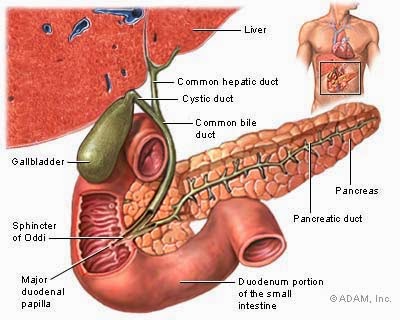
(3) liver secreting the bile.
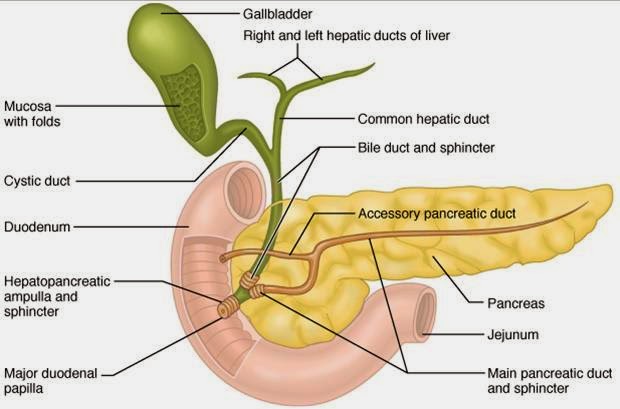
Alimentary canal:
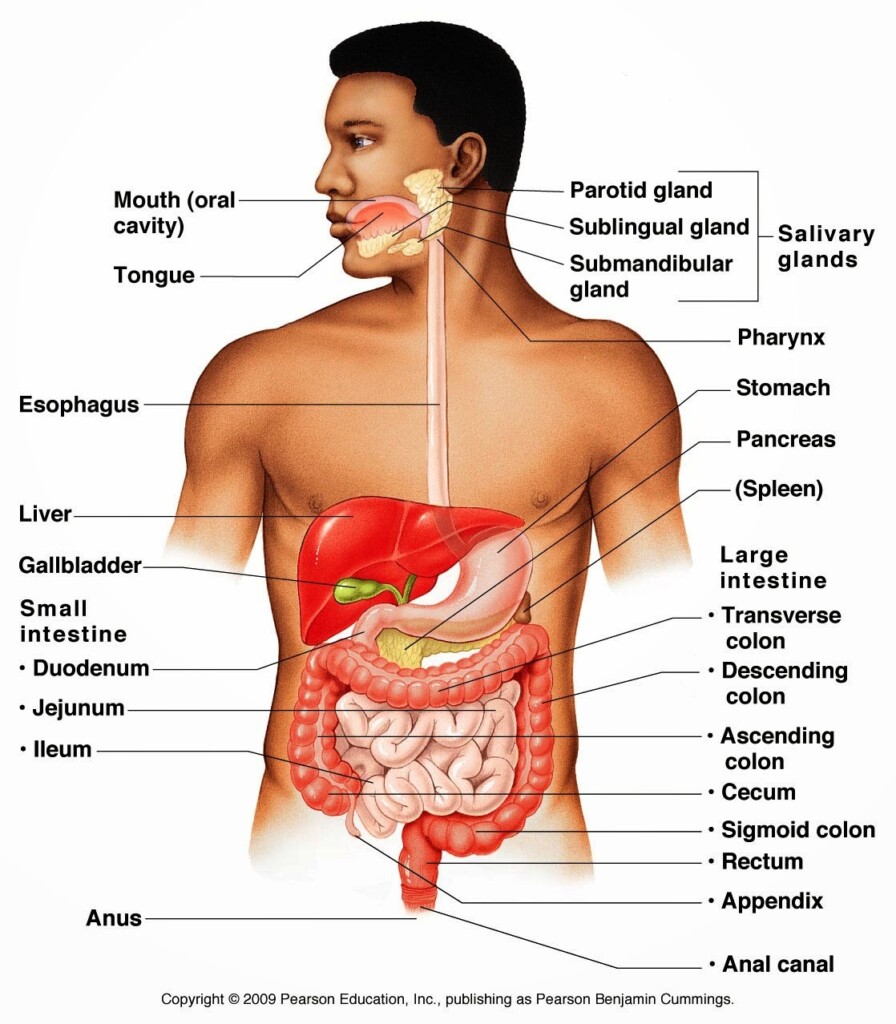
It is a long coiled tube starting from mouth and ending at anus and consisting of gullet, oesophagus, stomach, small intestine, large intestine and rectum.
Small intestine:
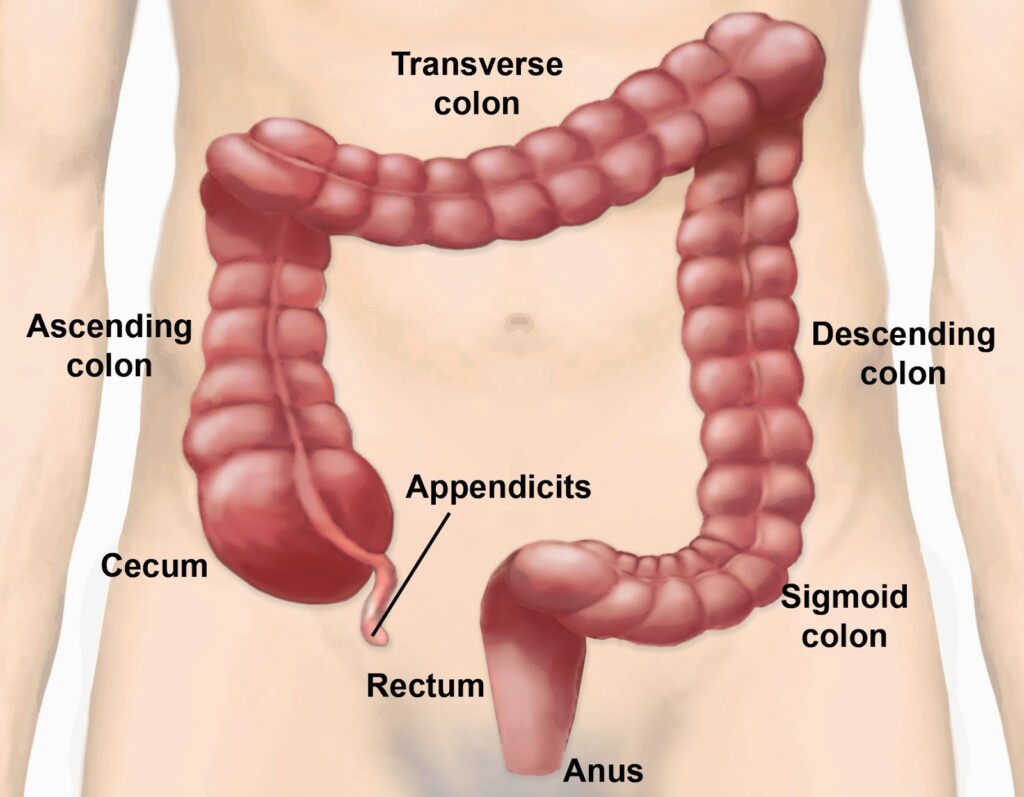
Food from the stomach passes into the small intestine and is mixed with bile and pancreatic juice coming from liver and pancreas. Bile has no digestive enzyme, so it does not take part in digestion directly. Pancreatic juice has three enzymes: trypsin, amylase and lipase. Trypsin acts upon peptones and proteoses changing them into polypeptides and amino-acids. Amylase changes starch and glycogen into maltose and lipase changes fat emulsions to fatty acids and glycerol. The products of digestion are finally absorbed in the wall of small intestine and taken into blood.
Large intestine:
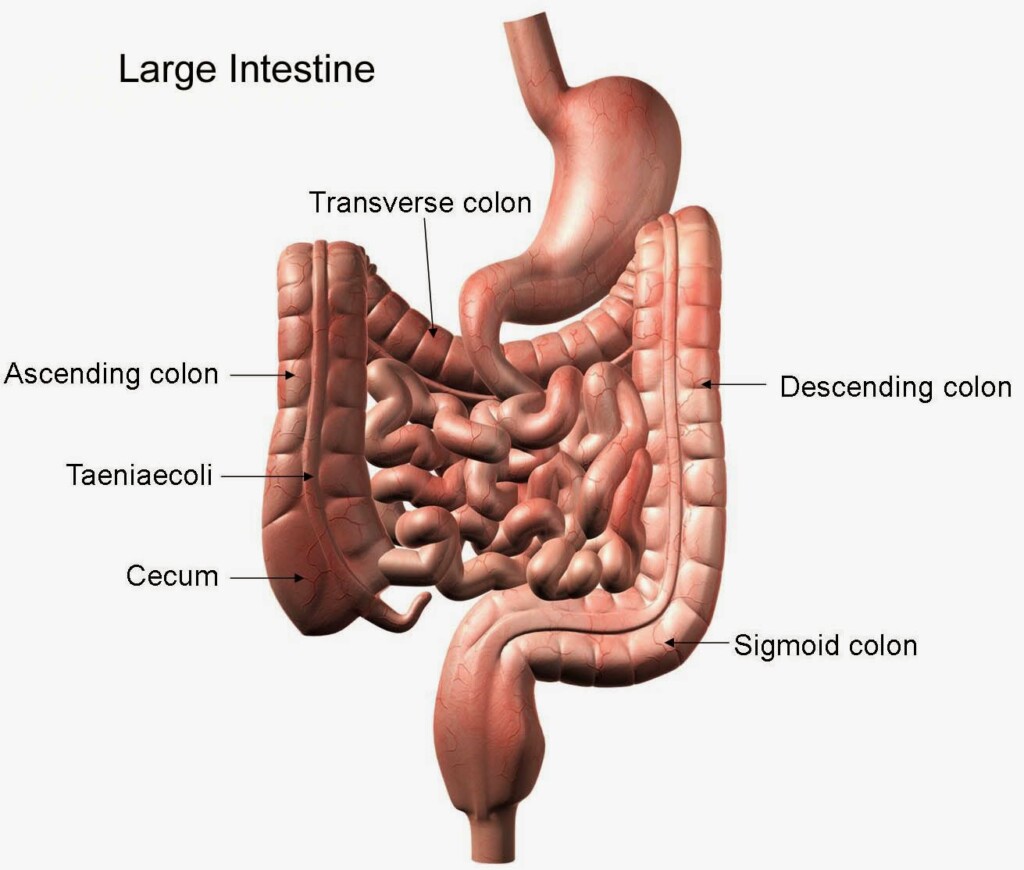
The large intestine receives undigested materials of the food from the small intestine. It absorbs water and then passes the material into the rectum.
Liver
It produces bile which is stored in the gall bladder. Bile contains water, bile salts and bile pigments and has no digestive enzymes. Bile also contains salts like bicarbonate, glycocholate and taurocholate or sodium. Sodium bicarbonate neutralises the acid and makes the churned food called chyme, alkaline, glycocholate and taurocholate of sodium break down the fats of tissues into small globules which can mix with water to form an emulsion.
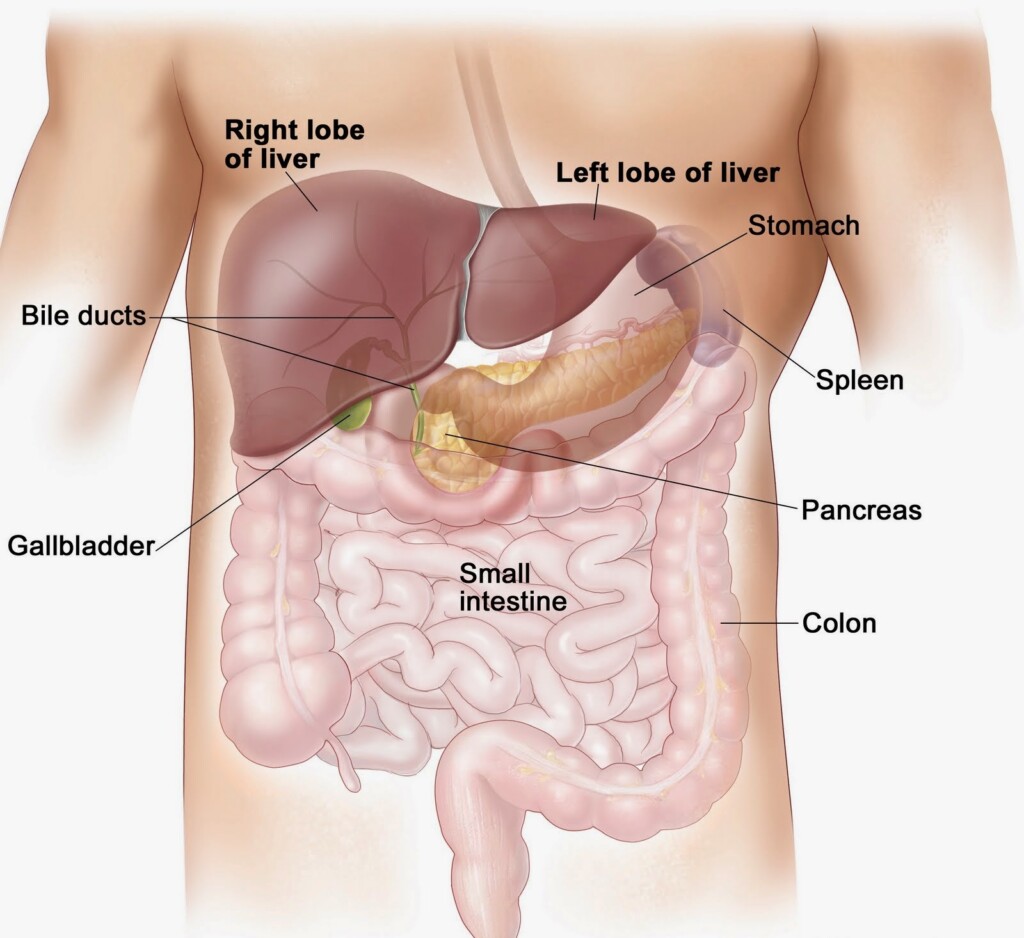
Process of digestion: In the mouth, the teeth break and chew up the food with the help of saliva coming from salivary glands, which changes starch into sugar. From the mouth the* food passes into the stomach. The stomach produces gastric juice which kills bacteria present in the food, and enzymes help in the digestion of proteins and fats. Then, the food becomes chyme and passes into the duodenum where pancreatic juice from pancreas, bile from liver and intestinal juice from small intestine help in digestion, absorption and excretion. The chyme thus turns into chyle and is finally taken into blood. Undigested and unabsorbed materials pass out through the anus as faeces and urine through the bladder.
Process of digestion: In the mouth, the teeth break and chew up the food with the help of saliva coming from salivary glands, which changes starch into sugar. From the mouth the* food passes into the stomach. The stomach produces gastric juice which kills bacteria present in the food, and enzymes help in the digestion of proteins and fats. Then, the food becomes chyme and passes into the duodenum where pancreatic juice from pancreas, bile from liver and intestinal juice from small intestine help in digestion, absorption and excretion. The chyme thus turns into chyle and is finally taken into blood. Undigested and unabsorbed materials pass out through the anus as faeces and urine through the bladder.


